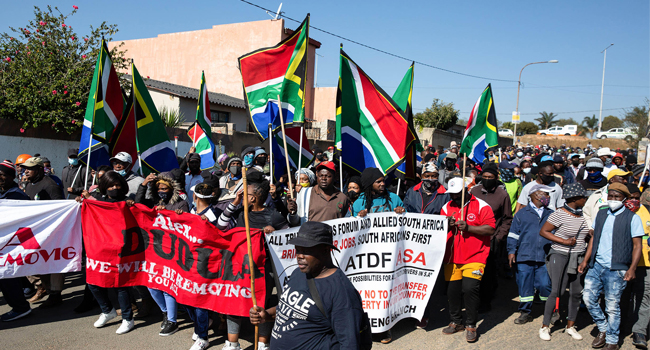Overview: Analyze the strain that illegal immigration is putting on public services in South Africa, leading to serious problems in healthcare, education, and housing. This comprehensive article includes real statistics, visualizations, and potential solutions.
South Africa is a mixed bag: a regional economic leader while also grappling with severe inequality and a legacy of hostility toward foreigners. More recently, illegal immigration—particularly from neighboring countries—has increased the burden on the country’s already fragile public services. While large numbers of immigrants are positively affecting the economy, uncontrolled inflows and systemic inefficiencies threaten key services such as healthcare, education, and housing.
This article offers an in-depth analysis of the issue, supported by local and global statistics, visualizations, and plain language.
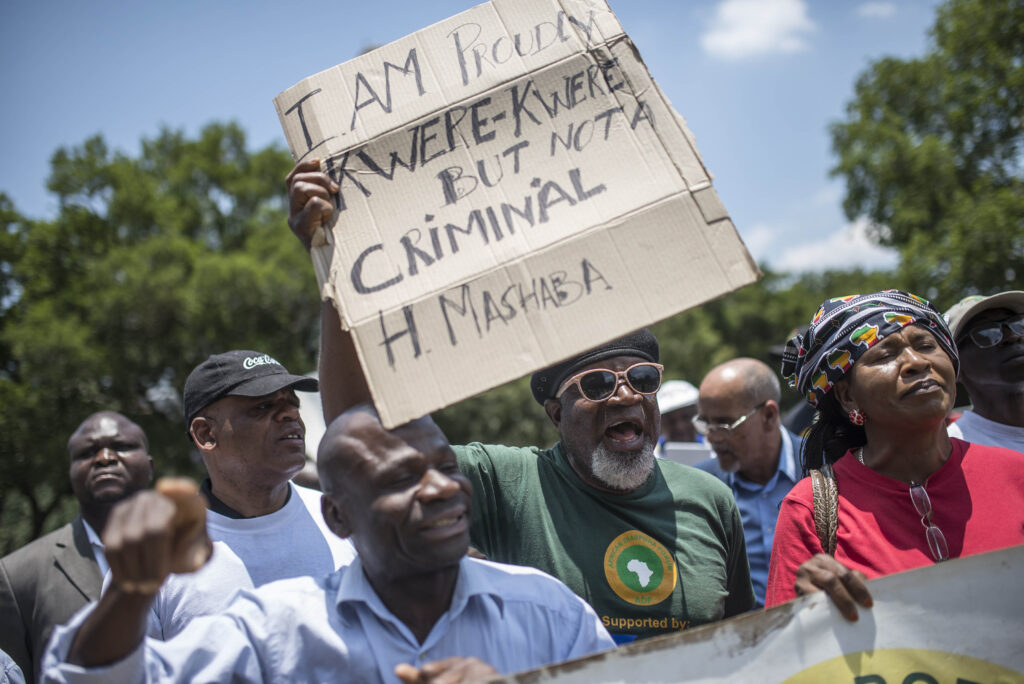
South Africa Definition of Illegal Immigration
Illegal immigration refers to entering or staying in South Africa without proper authorization, whether through forged documents, expired permits, or unauthorized methods of entry. Estimates suggest that there are between 2 and 5 million undocumented people living in South Africa, mostly from Zimbabwe, Mozambique, and the Democratic Republic of the Congo.
Healthcare: a system at its limits
South Africa’s public healthcare system covers more than 80% of its population and is seriously underfunded. In 2017, government spending on healthcare was 8.1% of GDP (around $499 per person). Illegal immigration is an additional burden:
• Reports from some city clinics show that up to 70% of patients come from other countries.
• Former Health Minister Aaron Motsoaledi noted: “Hospitals are overwhelmed… further influx leads to failures in infection control.”
• Migrants face documentation problems, discrimination and sometimes extortion when accessing healthcare services.
These pressures result in long waiting times, lack of medical supplies and poor quality of services for both locals and migrants.
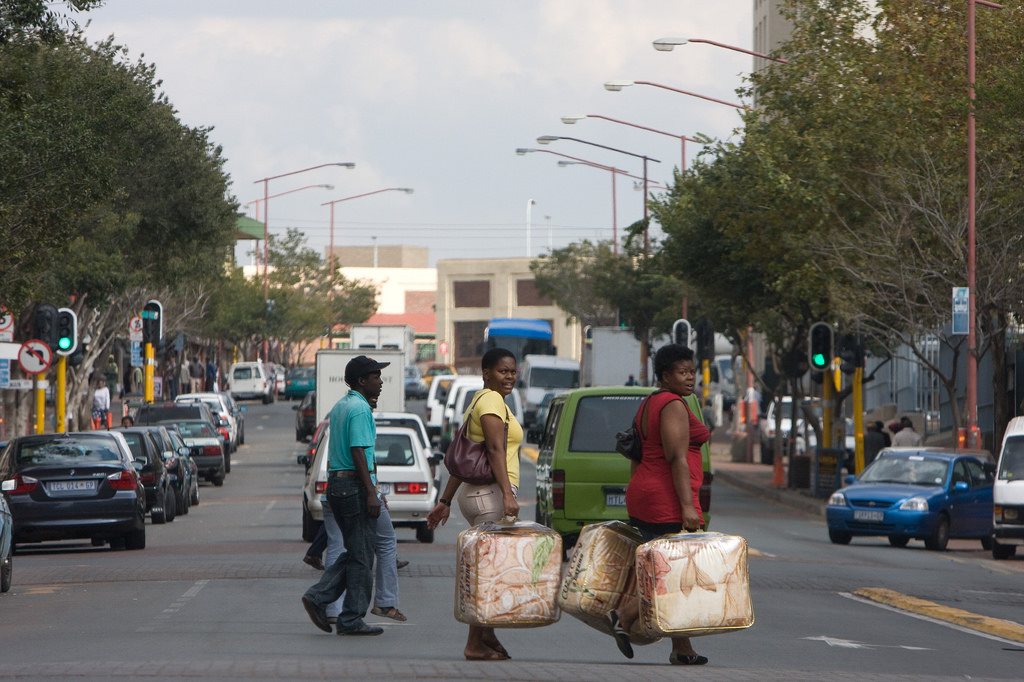
Education: Overcrowding and lack of preparedness
South African law provides education for all children, but undocumented migrants face numerous obstacles:
• Cities such as Johannesburg and Tshwane have seen a significant increase in the number of undocumented children attending public schools.
• Teachers face overcrowded classrooms, language barriers and a lack of inclusive resources.
• As a result, educational outcomes are declining and development goals are not met.
Housing: Escalating slums and informality
South Africa is facing a looming housing crisis, with more than 2.4 million households waiting for social housing by 2023. The influx of undocumented migrants is exacerbating the problem:
• Many migrants live in informal settlements or slums, often illegally.
• These places often lack basic necessities such as water, sanitation and electricity.
• Undocumented people are excluded from housing initiatives such as RDPs, contributing to ghettoisation and increasing social risk.
Data overview table
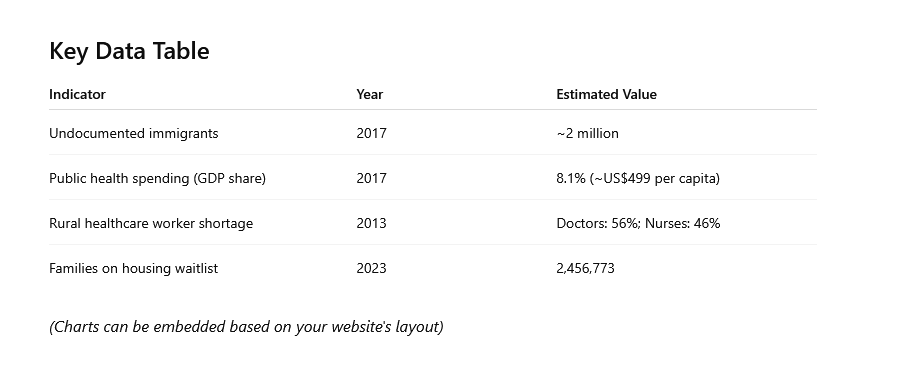
Underlying factors
1. Weak border control – Corruption and inadequate facilities at points of entry.
2. Broken asylum process – 92% of asylum applications are rejected; backlog issues persist.
3. Socioeconomic disparities – High unemployment rates, substandard housing, limited access to sanitation.
4. Growing xenophobia – Incidents of violence erupted in 2008, 2015 and 2021.
Potential remedies
• Speeding up regularization procedures – Introduce temporary work permits or documentation initiatives.
• Comprehensive Migration Reform – Synchronize policies with SADC and improve border management.
• Strengthen institutions – Strengthen the Ministry of Interior and effectively combat corruption.
• Training of government workers – Health, education and housing professionals in different cultures.
• Global cooperation – United Nations, African Union and support of many countries.
• Anti-xenophobia campaigns – Encouraging community involvement and citizen participation.
Conclusion
Illegal immigration in South Africa is a multi-faceted problem linked to governance issues, poverty and regional conflicts. Its impact on public services – such as health, education and housing – is significant and growing. However, there are ways to respond effectively and compassionately.
Normalising the status of migrants, updating policies, strengthening institutions and increasing public awareness are essential to addressing the crisis while protecting human dignity and national assets.
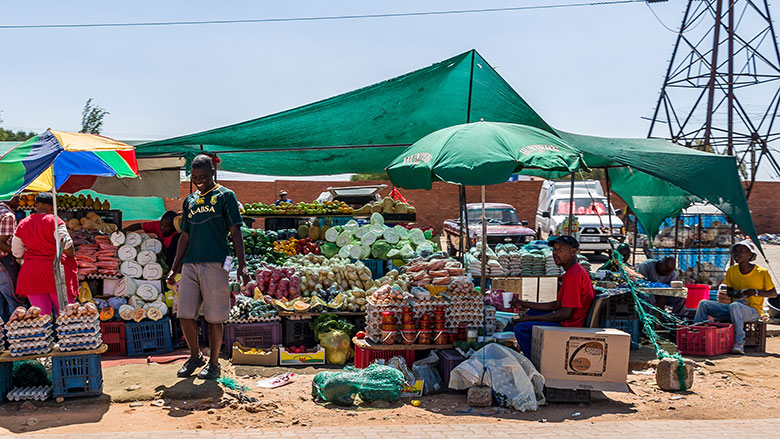
FAQ – Frequently Asked Questions
1. What is the estimated number of undocumented migrants in South Africa?
Estimates suggest between 2 and 5 million.
2. Can they access public healthcare services?
Yes, but they often face obstacles such as lack of proper documentation, fees and discrimination.
3. Can undocumented children enrol in schools?
They have the right to do so, but in reality access is often inconsistent and difficult.
4. Can migrants receive assistance with social housing?
No, those without proper documentation cannot benefit from initiatives such as the RDP.
5. Do they help the economy?
They certainly employ many people in important sectors, pay VAT and stimulate local trade.
6. What hinders efforts at immigration reform?
Corruption, bureaucracy, xenophobic attitudes and insufficient political motivation.
7. What is the most effective way forward?
Reforming policies, providing documentation, building international partnerships and raising public awareness.
